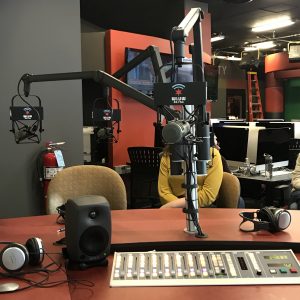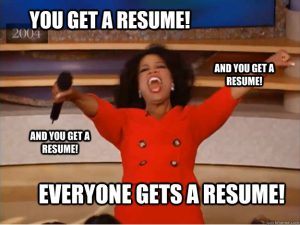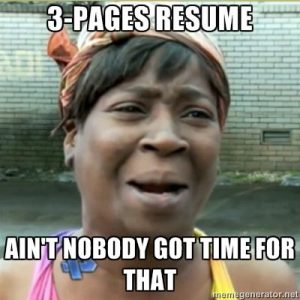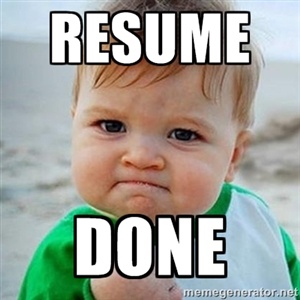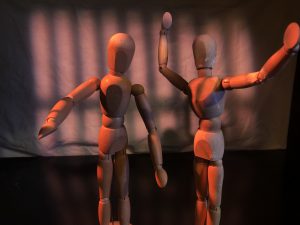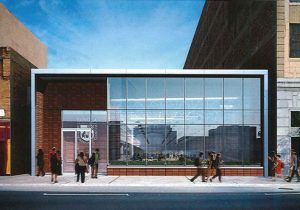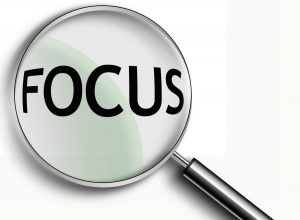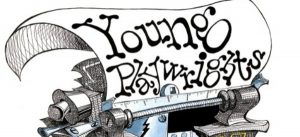Chicago, Loyola, Libraries
What sort of classes do they teach here at Loyola? Well, a bunch, and they’re all fun (at least, to me!)
This semester, I’m taking a class called the Newberry Library Undergraduate Research Seminar. What does that mean?!? It’s a class they hold every year with a different topic and a different set of professors, teaching students from all over the Chicago area – Roosevelt, UIC, DePaul, you name it! It takes place at the Newberry Library (where I’m interning, but that’s for another post) which is located downtown. This semester, the focus is on Chicago art and literature from 1900-1960, taught by Professor Bradshaw from Loyola and Professor Pohlad from DePaul, a creative writing professor and an art history professor respectively.
The class has been a lot of fun, because I’m certainly learning and reading a lot about a time period I didn’t really know a lot about before. Plus, we get to use the Newberry’s enormous archives to supplement a research project on a topic of our own choosing. How cool!
We regularly get curators and historians from the Newberry giving us guest lectures about topics with archival materials such as Ernest Hemingway’s actual letters to a Chicago publisher, or Ben Hecht’s Oscar, which is super interesting and also the only one they have in the entire library.
Have you ever wanted to go around a museum with someone who actually knew a lot about the pieces? Because that’s what we got to do. I mean usually I do alright in the classical art section (history major, that’s me) but we were focusing on the modern art stuff since the class is about Chicago, 1900-1960. I admit, I wouldn’t probably even go into the modern art section without Professor Pohlad going like: come on, it’s interesting, just look, okay? I’ll tell you about it and why it matters and so on.
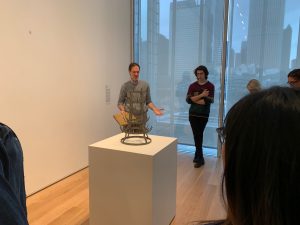 (There he is, explaining a DuChamp. DuChamp is the very same guy who infamously said that a urinal he bought and put on its side was art.)
(There he is, explaining a DuChamp. DuChamp is the very same guy who infamously said that a urinal he bought and put on its side was art.)
So the class did. If you haven’t heard, Loyola students get into the Arts Institute for FREE, and I always wish I went more. Tragically within the class time we only had enough time for the Modernists, and barely enough, really, but I fully intend to go back soon and look at the Roman and Greek marbles for as long as I want.
I haven’t been on a class field trip in a long time – once in Tai Chi class in China, and a few times in Rome for history class, but it’s always refreshing to get out of the classroom. Keep the Newberry Seminar in mind when looking at classes, and for sure don’t forget about Chicago’s art!
